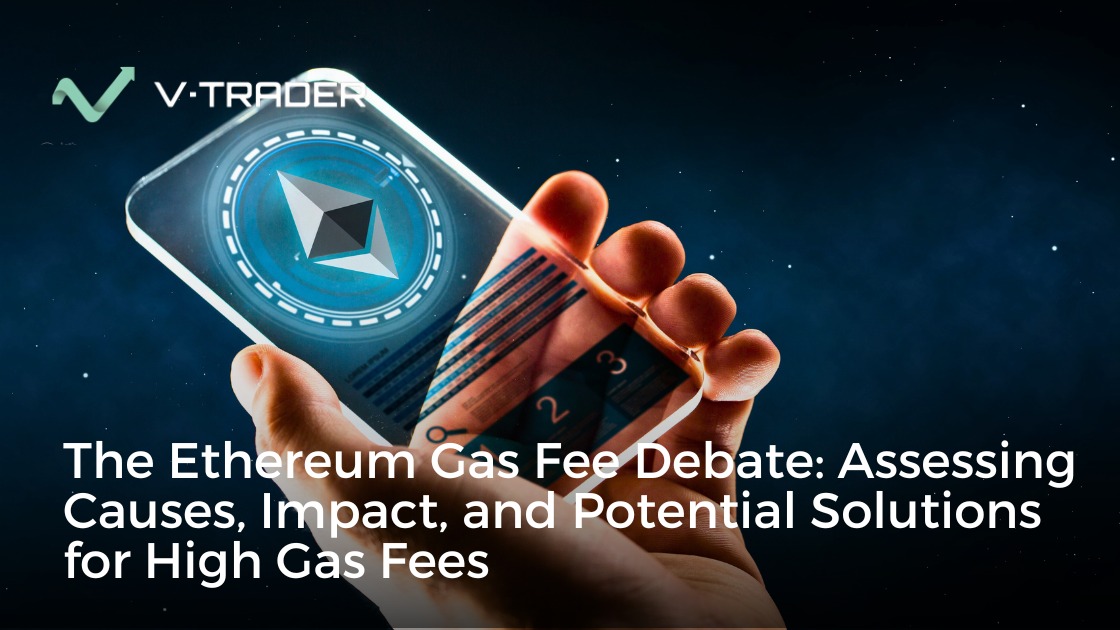Ethereum in 2025: Still the King of Crypto or Just Coasting on Hype?
Let’s cut through the noise.
Ethereum’s been the backbone of crypto for nearly a decade. You’ve got DeFi protocols, NFT marketplaces, and decentralized apps (dApps) all spinning on its rails—Aave, OpenSea, Uniswap, the whole gang. Over $100 billion locked into smart contracts? That’s not small potatoes.
But here’s the thing: the competition’s heating up. Fast.
Solana. Avalanche. Polygon. They’re not just new kids on the block anymore. They’re built for speed, affordability, and scale—three things Ethereum’s still struggling to lock down.
So what gives? Is Ethereum still worth your time, attention, and ETH? Let’s unpack it—flaws, features, and the future—without the fluff.
Ethereum, Explained (For Real)
You don’t need a PhD in cryptography to get what Ethereum is.
Think of it as a global computer—one where the code runs exactly as written, no banks or middlemen required. Smart contracts do the heavy lifting. You trigger an action, and boom, it executes without anyone babysitting it.
Launched in 2015 by Vitalik Buterin (yes, that Vitalik), Ethereum was the first to say, “Hey, what if blockchain did more than just store value?” The result? A whole universe of decentralized finance, on-chain art, token economies, and more.
But it hasn’t been all sunshine and ETH pumps. Fees have gotten out of hand. Network congestion is real. And for folks just stepping into crypto? It’s not exactly user-friendly.
Still, Ethereum laid the groundwork for everything that followed. And that counts.
Why Ethereum Still Slaps
Even with the heat from competitors, Ethereum’s staying power isn’t just nostalgia.
✅ It was first—and that still matters.
Thousands of devs know Solidity (Ethereum’s coding language). Over 3,000 dApps run on Ethereum. If you’re building a serious crypto project, odds are you’re starting here.
✅ The DeFi and NFT kings live here.
Aave. Uniswap. OpenSea. They’re all Ethereum-born. Billions in assets move through these platforms every month. Ethereum didn’t just start the party—it’s still hosting it.
✅ Proof-of-Stake is live.
No more energy-hungry mining rigs. Since the Merge, Ethereum’s cut its energy use by 99%. Sharding’s next—breaking the chain into bite-sized pieces to boost speed and cut fees.
✅ Wall Street’s watching.
From JPMorgan to Nike, big names are building on Ethereum. Whether it’s tokenized loyalty programs or blockchain-based settlements, the adoption curve’s looking good.
✅ It’s (mostly) unbreakable.
Billions of dollars have flowed through Ethereum’s smart contracts without the base layer ever being hacked. That kind of battle-tested security? Rare.
Where Ethereum Fumbles
Let’s be honest—Ethereum isn’t perfect.
1. Gas fees are brutal.
Swapping a token during peak hours? You might pay $50–$200 just in gas. That’s more than some people spend on dinner. Not exactly inviting for the everyday user.
2. It’s still kinda slow.
Ethereum handles around 30 transactions per second. Compare that to Solana’s 65,000 and you get the picture. Until sharding fully rolls out, it’s a bit of a bottleneck.
3. Its energy past still haunts it.
Sure, it’s cleaner now—but Ethereum used to chew through as much power as a small country. Eco-conscious investors haven’t forgotten.
4. It’s not beginner-friendly.
Wallets. Seed phrases. Gas settings. For crypto newbies, Ethereum feels more like a maze than a welcome mat.
What’s Happening in 2025?
Ethereum’s still a heavyweight.
The shift to Proof-of-Stake is done and dusted. Energy costs are down, and new tools like Optimism and Arbitrum (aka Layer-2s) are smoothing out the user experience—faster, cheaper, less congested.
Meanwhile, big brands like Nike are experimenting with NFTs and tokenized rewards on Ethereum. DeFi is evolving too—projects like Yearn Finance and Lido are dialing up complexity without sacrificing trust.
Bottom line? Ethereum’s not sitting still.
Trading ETH? Here’s Why vTrader.io Just Makes Sense
If you’re ready to get in on ETH—or stack more—vTrader.io makes it stupid simple:
- Low fees. Seriously low. Keep more of your wins.
- Slick interface. Clean, intuitive, and loaded with real-time data.
- 24/7 human support. No bots. No confusion. Just real answers, when you need them.
- Locked-down security. Cold storage, 2FA, and all the stuff that keeps your bags safe.
Quick Start Guide: Trading ETH on vTrader.io
You don’t need to be a finance bro to make your first ETH move. Here’s how:
- Create your account. Fast signup—email, password, done.
- Verify your ID. Keeps things legit and unlocks full features.
- Deposit funds. Use cash, card, crypto—whatever works.
- Search for Ethereum (ETH). It’ll pop right up on your dashboard.
- Place your trade. Use market orders or set your own price. Bonus tip? Set price alerts so you never miss a move.
Real Use Cases (AKA Ethereum Doing Cool Stuff)
This isn’t all theoretical. Ethereum’s out there making things happen:
- DEXs like Uniswap let you trade tokens directly—no account needed, no banks involved.
- Lending via Aave or Compound? Borrow and earn interest peer-to-peer. No credit checks.
- NFT marketplaces like OpenSea have flipped the art world on its head—artists sell direct to buyers, no galleries needed.
How Ethereum Stacks Up
vs. Cardano:
Cardano’s efficient, sustainable, and cost-effective—but its ecosystem isn’t as deep or as active.
vs. Solana:
Solana’s fast and cheap. But it’s had more outages and questions about decentralization. Ethereum’s slow, yes—but also solid.
TL;DR: Is Ethereum Still Worth Your Time?
Absolutely—if you know what you’re in for.
It’s not the fastest. Not the cheapest. But Ethereum is where the action is for complex, high-stakes apps. The community’s massive, the tools are deep, and the network is evolving fast.
With Ethereum 2.0 finally making progress, this blockchain giant isn’t fading out—it’s just getting warmed up.
So if you’re ready to trade ETH with fewer headaches and better tools, vTrader.io’s waiting.
Set up. Dive in. Let’s go.

Steve Gregory is a lawyer in the United States who specializes in licensing for cryptocurrency companies and products. Steve began his career as an attorney in 2015 but made the switch to working in cryptocurrency full time shortly after joining the original team at Gemini Trust Company, an early cryptocurrency exchange based in New York City. Steve then joined CEX.io and was able to launch their regulated US-based cryptocurrency. Steve then went on to become the CEO at currency.com when he ran for four years and was able to lead currency.com to being fully acquired in 2025.


